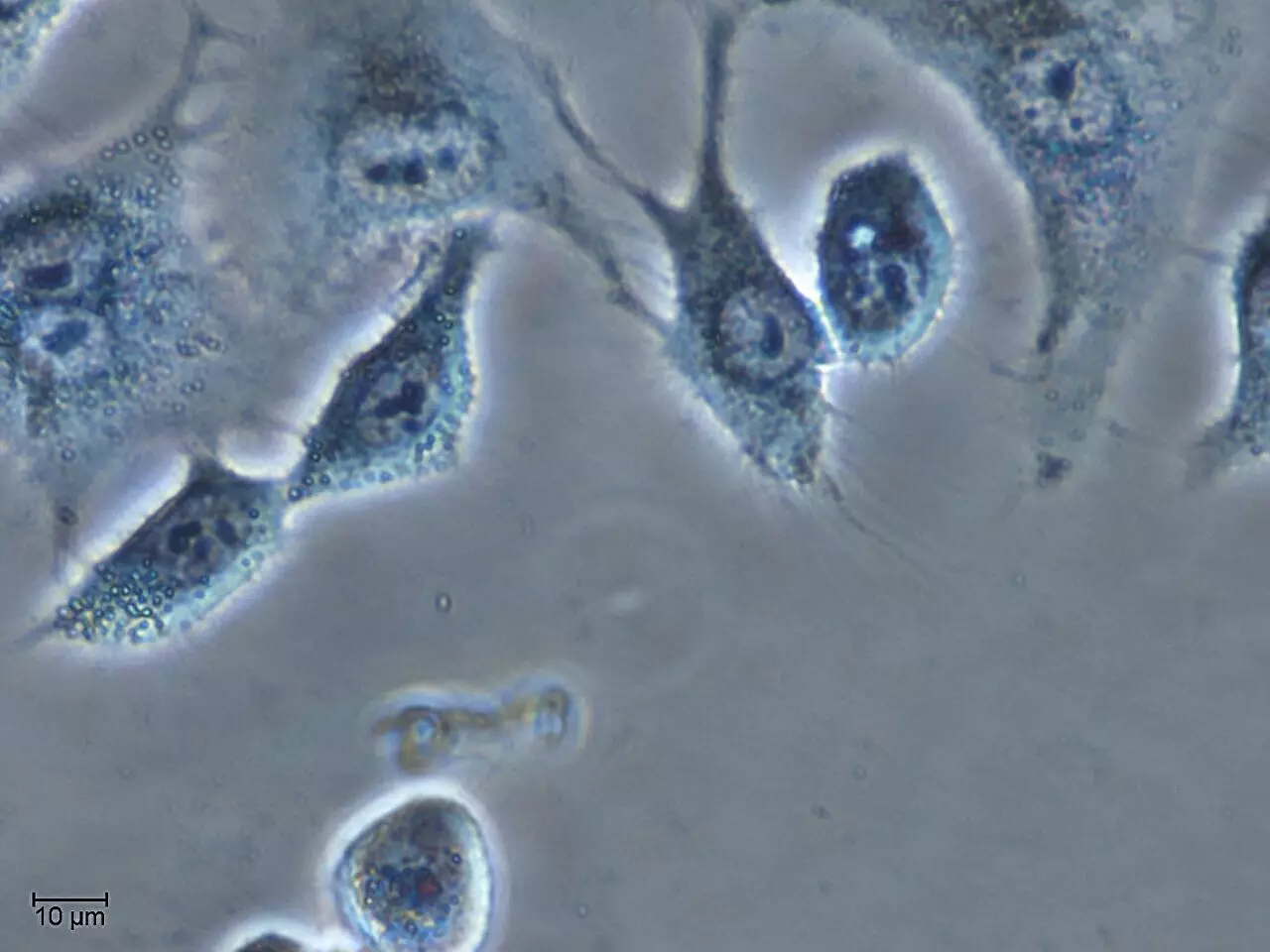

Chemotherapy has been a cornerstone in the treatment of cancer, saving countless lives. However, the side effects and limitations of these treatments have led researchers to seek new innovative ways to improve cancer therapy. A recent study published in Cell Reports Physical Science has shed light on the use of molecular “cages” made of pseudopeptides to selectively target and eliminate cancer cells in acidic microenvironments. This groundbreaking research opens up new possibilities for the development of more effective and targeted cancer treatments.
One of the main challenges in chemotherapy is the lack of selectivity, which often results in undesirable side effects for patients. Additionally, the emergence of chemoresistance poses a significant obstacle in effectively treating some cancer patients. The acidic microenvironment created by cancer cells further complicates the situation, giving them special characteristics that make them more resistant and prone to metastasis.
There is growing evidence of the potential of ionophores as new chemotherapeutic agents in cancer treatment. However, controlling their activity to avoid toxicity has been a major challenge. The use of molecular “cages” that can selectively target cancer cells in acidic environments offers a promising solution to overcome these obstacles and advance the development of ionophores for cancer therapy.
Led by a scientific team from the Institute for Advanced Chemistry of Catalonia (IQAC-CSIC), in collaboration with the University of Burgos and the Institute of Environmental Assessment and Water Studies (IDAEA-CSIC), the study focused on understanding how molecular “cages” made from fluorine-substituted amino acids could effectively kill cancer cells in acidic pH levels. The researchers conducted an extensive study using a variety of “cages” with different numbers of fluorine atoms in various positions to investigate their chloride capture capacity, transport process, and toxicity in cell cultures.
The research revealed that these molecular “cages” with fluorine atoms at each of the three side chains were able to encapsulate chloride ions in acidic environments and transport them across lipid bilayers. This transport process was more efficient in slightly acidic pH levels, making the “cages” more toxic to cancer cells in the tumor microenvironment. By understanding the mechanism of action of these molecules, researchers can further refine and optimize their design for potential therapeutic applications in cancer treatment.
The results of this study provide valuable insights into the development of new ionophores with potential therapeutic applications in cancer treatment. By leveraging the unique properties of molecular “cages” to selectively target cancer cells in acidic microenvironments, researchers are paving the way for more effective and targeted chemotherapy strategies. This breakthrough opens up new possibilities for improving cancer therapy and overcoming the challenges associated with current treatments.
In the realm of software development, the ability to swiftly and accurately address bugs is…
The realm of quantum computing and communication is not just an abstract dream anymore; it…
In a remarkable leap for the field of material science, a collaborative research initiative has…
Throughout Earth's vast history, our planet has endured five major mass extinction events that reshaped…
Rainfall is a vital element of our planet’s hydrological cycle, yet many aspects of its…
On a night when the universe aligns, a mesmerizing phenomenon awaits: the appearance of the…
This website uses cookies.